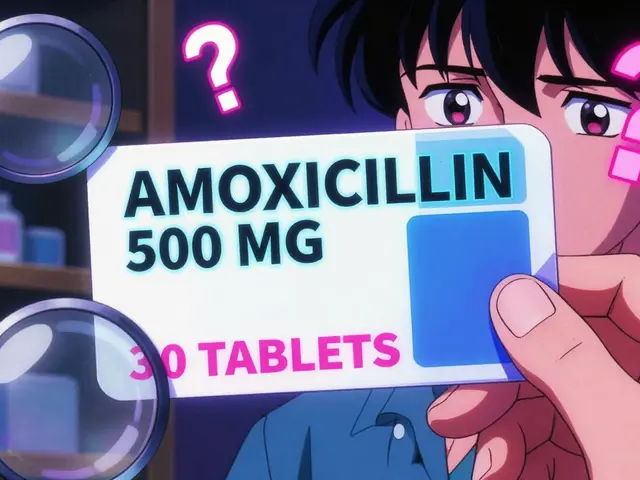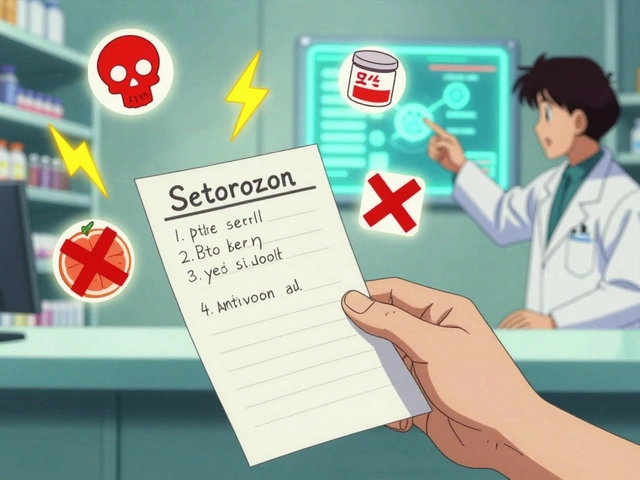Gotu Kola: What It Really Does and How to Use It
Gotu Kola (Centella asiatica) is an herb people have used for skin healing, memory support, and circulation for centuries. You’ve probably seen it in creams, powders, and capsules. It’s not a miracle cure, but it can help in specific situations when used the right way.
How people use Gotu Kola
Most common uses are for wound healing, varicose veins, mild cognitive support, and anxiety. For skin and wound care, topical gels with gotu kola extracts can speed healing and reduce scarring in small studies. If you want circulation help—say for tired, swollen legs—oral extracts standardized to triterpenes have shown benefit in clinical settings for chronic venous insufficiency.
For brain support, a few small human trials found modest improvements in attention and memory in older adults or people with mild cognitive complaints. Don’t expect dramatic effects; think subtle support over weeks. People also use it short-term for mild anxiety because it may calm the nervous system without strong sedation.
Typical oral doses vary: common ranges are 300–600 mg per day of an extract standardized to active triterpenes, split into two doses. Traditional use sometimes involves fresh leaves as a tea, but the active content then is less precise. If you’re trying it for a specific issue, track symptoms for 4–8 weeks to see any change.
Safety, side effects and interactions
Gotu Kola is generally well tolerated. The most common side effects are mild: upset stomach, headache, and dizziness. Long-term high doses have been linked to liver enzyme changes in a small number of reports, so don’t take large amounts for months without monitoring. Avoid heavy use if you have known liver disease.
It can interact with sedatives and anti-anxiety meds, making sleepiness worse. If you take blood thinners or are on diabetes medication, talk to your clinician first—there’s potential for interaction. Also avoid during pregnancy and breastfeeding due to limited safety data.
Quality matters. Look for supplements that list Centella asiatica extract and a standardization to triterpenes (madecassoside or asiaticoside). Prefer third-party testing or GMP-certified brands. Avoid products with unclear ingredient lists or very low prices that seem too good to be true.
If you plan to use Gotu Kola for a health problem, be specific with your goal and timeline. For wound care, use a topical product as directed until the wound improves. For circulation or memory support, try a standardized oral extract for at least 6 weeks and reassess. Stop if you notice unexpected fatigue, jaundice, or persistent GI upset.
Quick checklist: choose a standardized extract, start at the lower end of dosing, avoid mixing with strong sedatives, and check with your healthcare provider if you have liver issues, take prescription meds, or are pregnant.
Gotu Kola can be a useful, low-risk tool when chosen and used sensibly. Treat it like any other supplement: have a clear goal, watch for side effects, and keep your provider in the loop.





